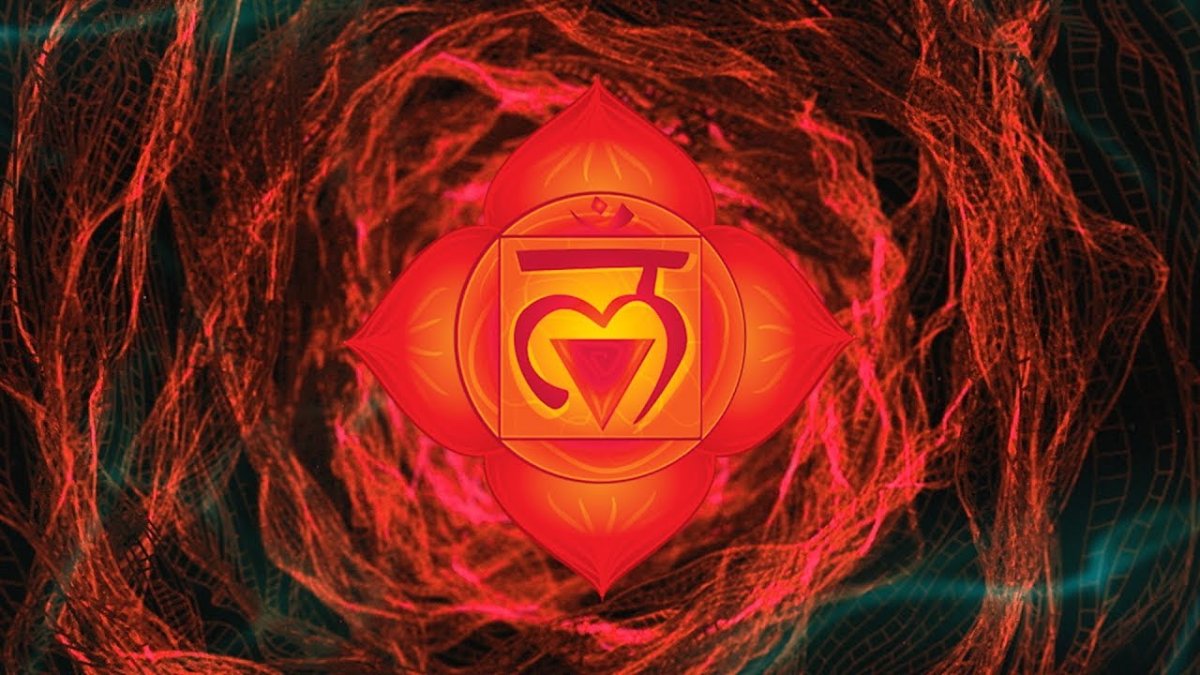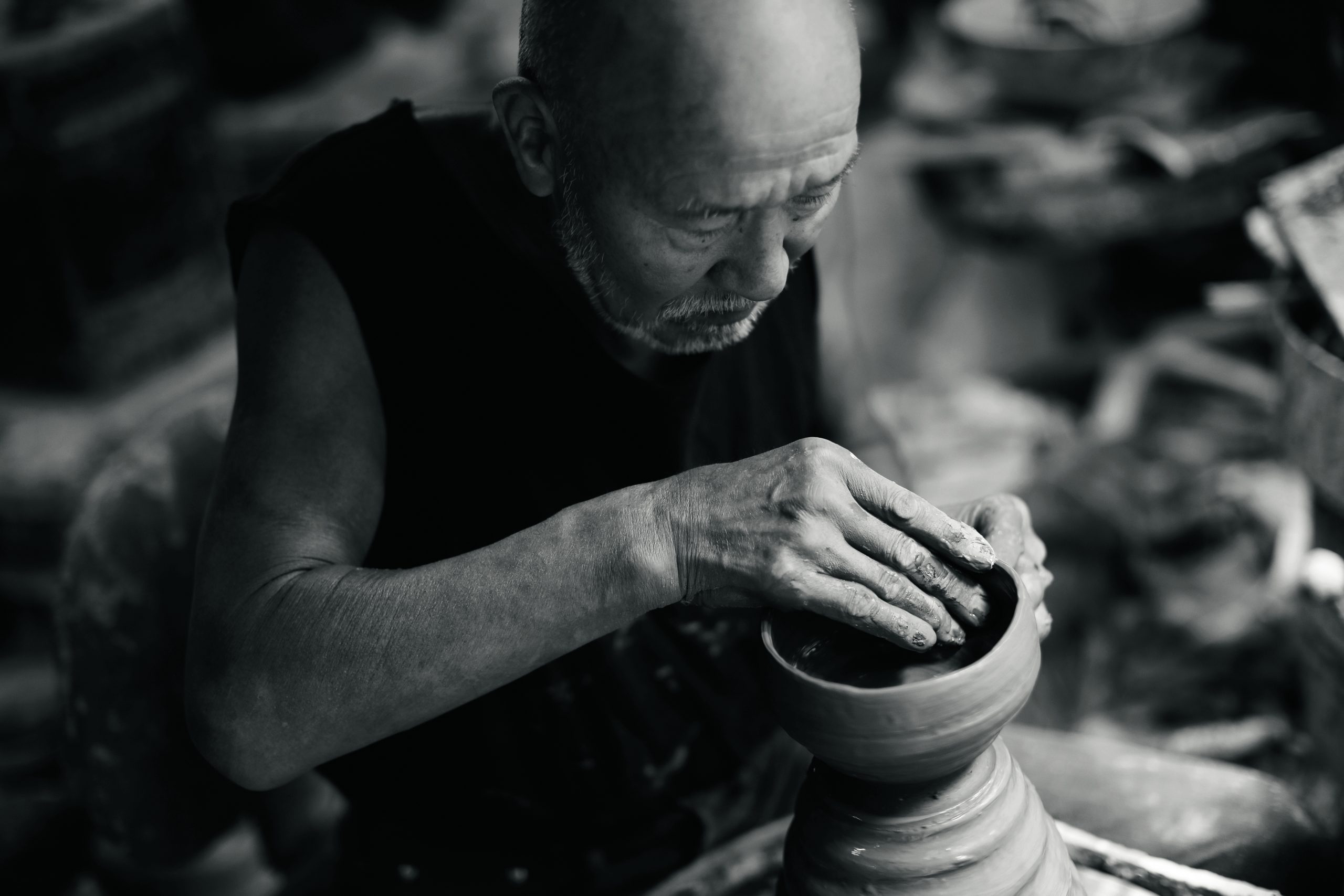Dzogchen Master Rigdzin Shikpo, Head of the Longchen Foundation, Has Died
One of Chögyam Trungpa's first Western students and a lineage holder, Rigdzin Shikpo was a respected and beloved teacher of formless meditation and the Dzogchen view. The post Dzogchen Master Rigdzin Shikpo, Head of the Longchen Foundation, Has Died...
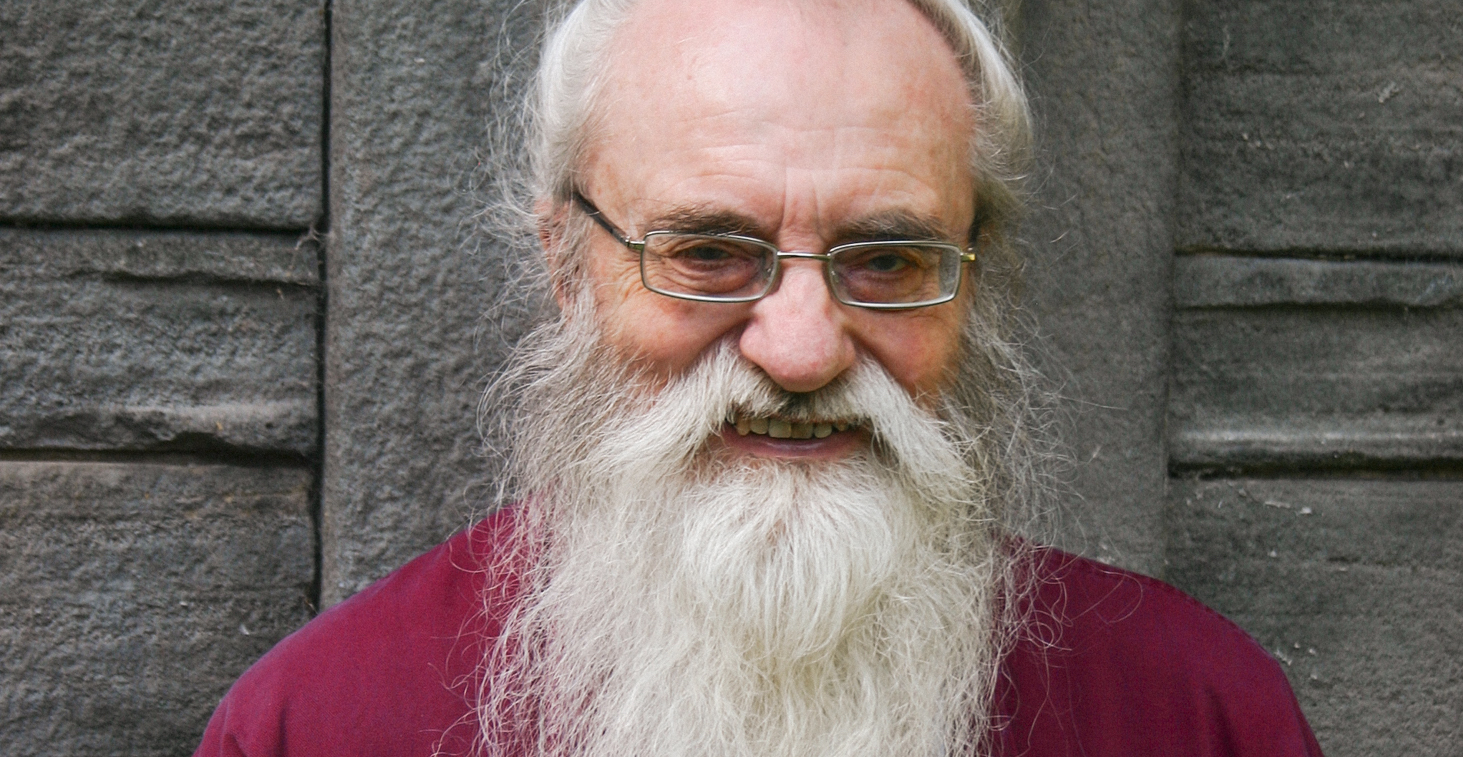
One of Chögyam Trungpa’s first Western students and a lineage holder, Rigdzin Shikpo was a respected and beloved teacher of formless meditation and the Dzogchen view.
By Joan Duncan Oliver May 04, 2023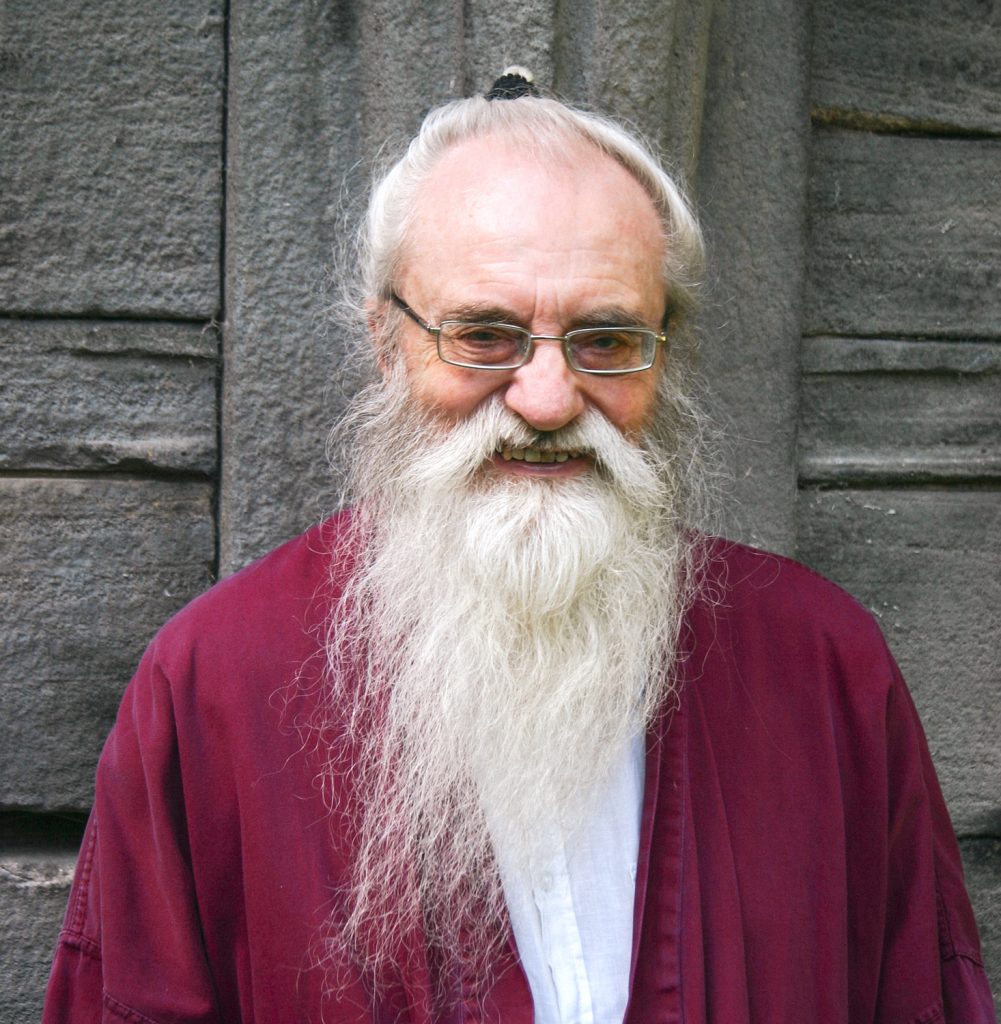 Rigdzin Shikpo | Photo courtesy the Longchen Foundation
Rigdzin Shikpo | Photo courtesy the Longchen FoundationRigdzin Shikpo, a Tibetan Buddhist master in the Nyingma tradition and the head of the Longchen Foundation lineage, an international community of teachers and practitioners in the Mahayana Dzogchen (Maha Ati) tradition, died on April 28, 2023, at his home in Oxford, UK, where he lived with his partner, Sally Sheldrake. He was 88. At his death, Rigdzin Shikpo had practiced Buddhism for more than sixty years.
A statement issued by the Longchen Foundation said that Rigdzin Shikpo had “worked tirelessly for the good of others and with enormous care painstakingly crafted a system of teachings and practices unique to the Longchen Foundation yet authentically rooted in the great Tibetan lineages he received from his many teachers.” A “meditator’s meditator,” he was admired as a brilliant scholar and scintillating teacher whose direct approach was well suited to Western students.
Born Michael Hookham on April 10, 1935, Rigdzin Shikpo grew up in Dalston, East London. He was interested in Buddhism from a young age, and later, while working as a physicist and mathematician, studied with Theravada monks for nine years and was closely associated with the Buddhist Society in London. In 1965, he met the Tibetan Buddhist master Chögyam Trungpa Rinpoche, who became his root teacher. At the time Trungpa Rinpoche, who had fled Tibet during the Chinese takeover in 1959, was studying at Oxford University.
Trungpa Rinpoche entrusted Rigdzin Shikpo with some of the highest Nyingma teachings, and together they translated key Dzogchen texts and Mahayana sutras from Tibetan into English. Meanwhile, Rigdzin Shikpo also studied with Chögyam Trungpa’s teacher, Dilgo Khyentse Rinpoche, a celebrated meditation master and scholar who was a lineage holder in the Nyingma, Kagyu, Sakya, and Gelugpa traditions of Tibetan Buddhism.
In 1965, Khyentse Rinpoche and Chögyam Trungpa established the Longchen Foundation to train practitioners in Dzogchen and appointed Rigdzin Shikpo as director. Longchen, named after the great Nyingma master Longchen Rabjam, integrates Mahayana and Dzogchen teachings in a path of training for Westerners.
After Chögyam Trungpa moved to the United States to teach in 1970, Rigdzin Shikpo continued to study with him, making periodic trips to America. At Khyentse Rinpoche’s direction, he also took further instruction in Dzogchen from Khenpo Tsultrim Gyamtso Rinpoche, one of Khyentse Rinpoche’s students. (Following the deaths of Trungpa Rinpoche in 1987 and Khyentse Rinpoche in 1991, Khenpo Rinpoche became Rigdzin Shikpo’s main teacher.)
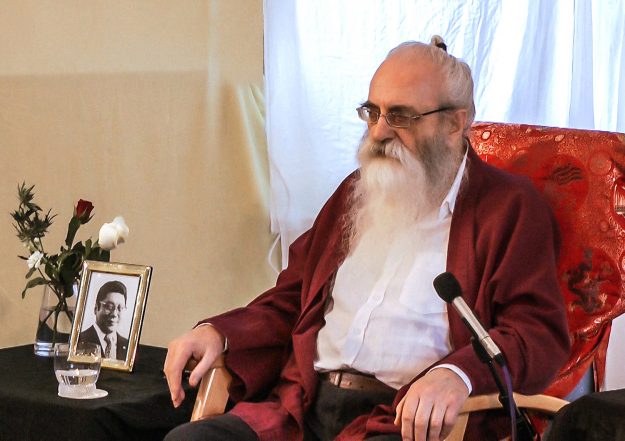 Rigdzin Shikpo teaching | Photo courtesy the Longchen Foundation
Rigdzin Shikpo teaching | Photo courtesy the Longchen FoundationIn 1990, Rigdzin Shikpo began a traditional three-year retreat under the guidance of Khenpo Rinpoche. Upon its conclusion, he was given his dharma name: Rigdzin (“awareness holder”) and Shikpo (“beyond concepts”).
Though Rigdzin Shikpo was a lineage heir to Chögyam Trungpa and they had a strong teacher-student relationship, he was not part of the Shambhala community. In her book Luminous Emptiness, Francesca Fremantle, a teacher in the Longchen mandala (community), wrote of Rigdzin Shikpo:
With a deep knowledge of Buddhism he has an extraordinary gift for expressing it in vivid and poetic ways and for creating links to many aspects of Western culture. Above all, he has an attitude of complete devotion, so that his mind has become one with the guru. Listening to him talk about dharma, I often feel as though Trungpa Rinpoche is speaking through his voice. Without him I would never have gained the experience or the confidence to write about these profound teachings . . . [Rigdzin Shikpo] answered my innumerable questions with endless patience and interest.
Rigdzin Shikpo frequently taught in Oxford and traveled once or twice a year to Germany to teach. He also had a small center on the Llyn Peninsula in northwest Wales for senior students. The Longchen Foundation has local groups in London, Bristol, and Oxford run by Rigdzin Shikpo’s students and virtual groups that reach sangha members in Europe, Canada, Mexico, India, and the US. Among the teachers and meditation leaders is Sally Sheldrake, Rigdzin Shipo’s partner, known as the “Mother” of the Longchen mandala. The Longchen, or “Indestructible Heart Essence,” path of training developed by Rigdzin Shikpo takes students through a progression of “gates” from the foundational Path of Freedom and the Lion’s Roar program, which introduces formless meditation, to advanced training in Dzogchen.
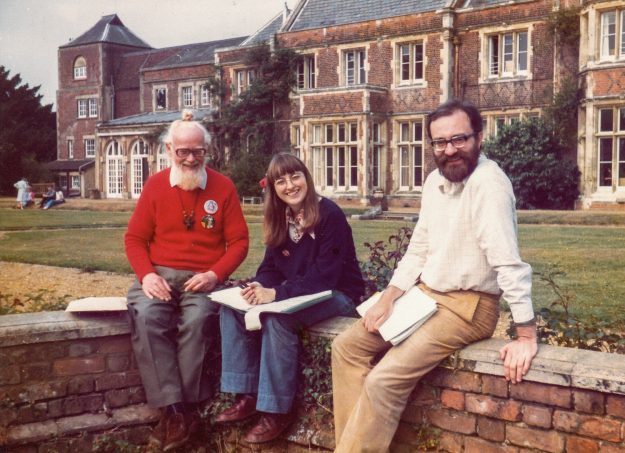 Rigdzin Shikpo with Cathy Cantwell and Alf Vial in 1981 at the Buddhist Society Summer School at High Leigh, Hoddesdon, UK | Photo courtesy Cathy Cantwell
Rigdzin Shikpo with Cathy Cantwell and Alf Vial in 1981 at the Buddhist Society Summer School at High Leigh, Hoddesdon, UK | Photo courtesy Cathy CantwellWell-versed in Theravada, Mahayana, and Vajrayana Buddhism, as well as Dzogchen, Rigdzin Shikpo translated scholarly works and also wrote books for a wider audience. His best-known book is Never Turn Away: The Buddhist Path Beyond Hope and Fear, which encourages readers to embrace all life experiences and not shirk possibilities—an approach, he said, that might be called “the path of embarrassment.”
In her editor’s preface to his book Openness Clarity Sensitivity, Lama Shenpen Hookham (née Susan Kathryn Rowan), spiritual director of the Awakened Heart Sangha in North Wales, summed up his teaching style:
Rigdzin Shikpo has found a way of talking us through our self-doubt and hesitations, opening the way for us to relate properly to the teachings of the great Dzogchen Gurus of the Kagyu-Nyingma Tibetan Buddhist tradition. . . . [He] concentrates on helping us to connect to the immediacy of our ordinary experience. Every now and then, however, he makes a sudden leap and we catch a tantalizing glimpse of some vaster vision, a sense that we are being led on a profound and even perhaps a shocking new perspective on reality.
![]()
Thank you for subscribing to Tricycle! As a nonprofit, we depend on readers like you to keep Buddhist teachings and practices widely available.
This article is only for Subscribers!
Subscribe now to read this article and get immediate access to everything else.
Already a subscriber? Log in.

 Tekef
Tekef 










